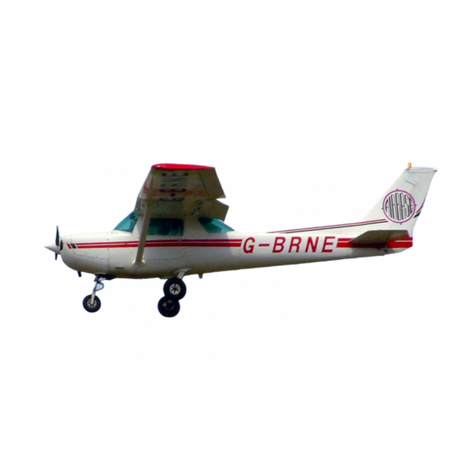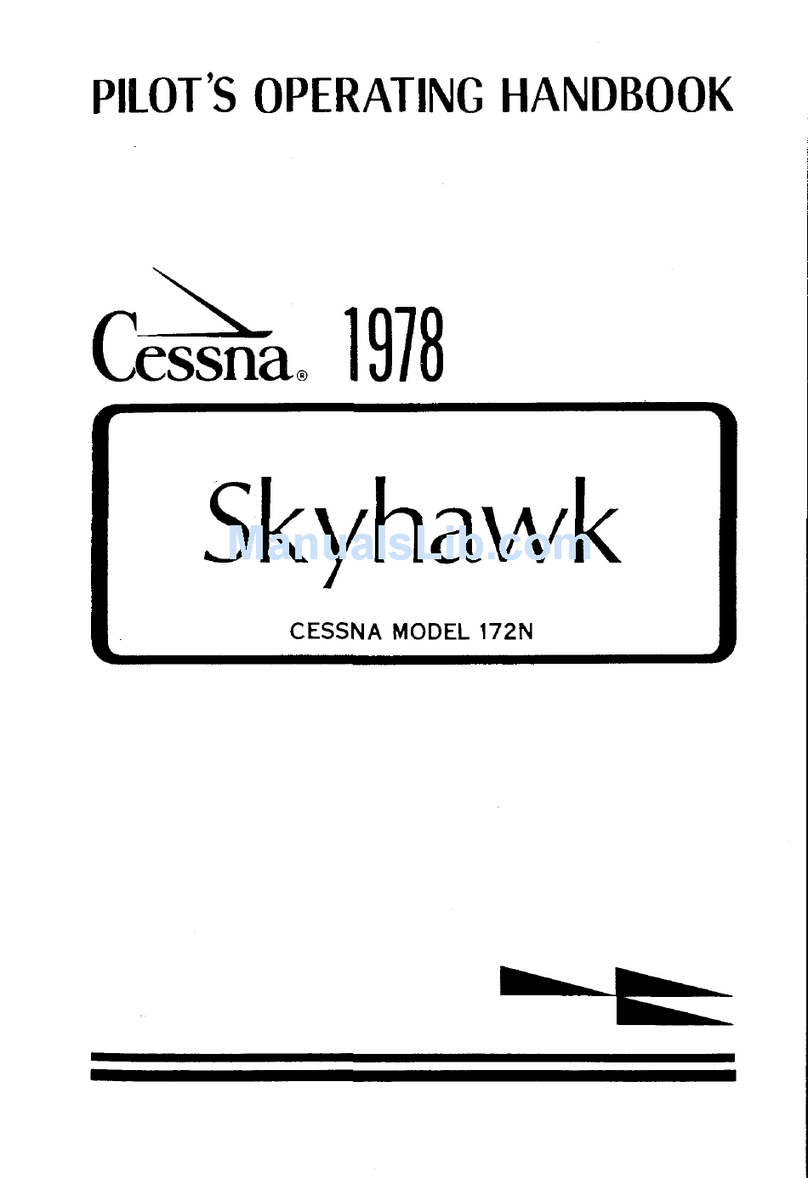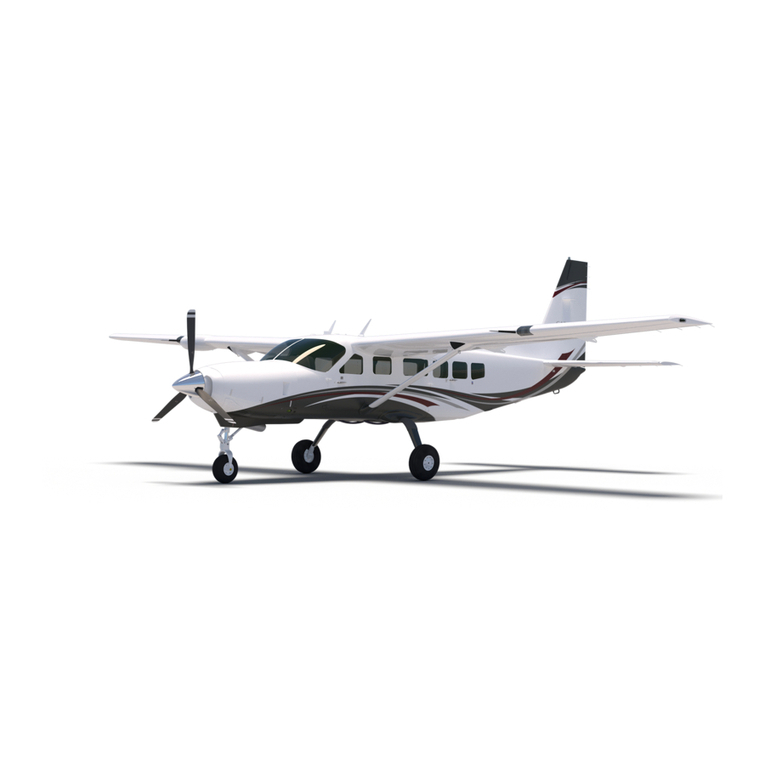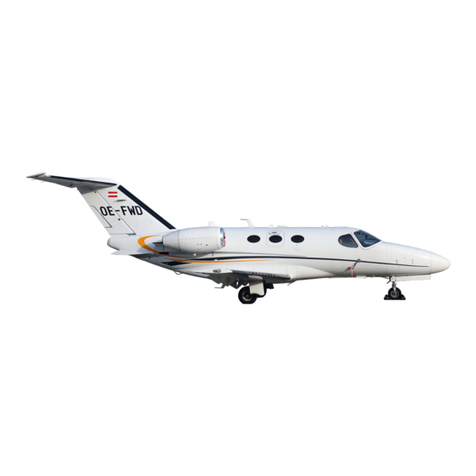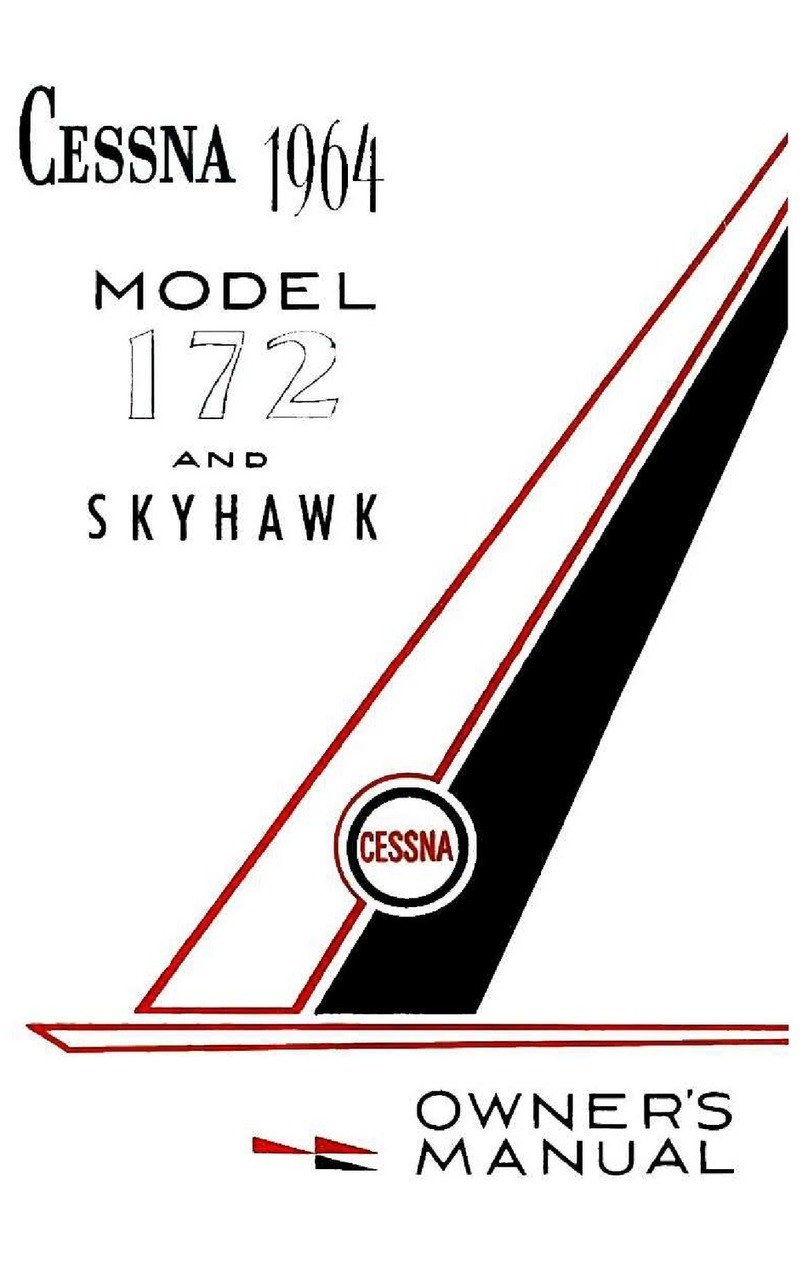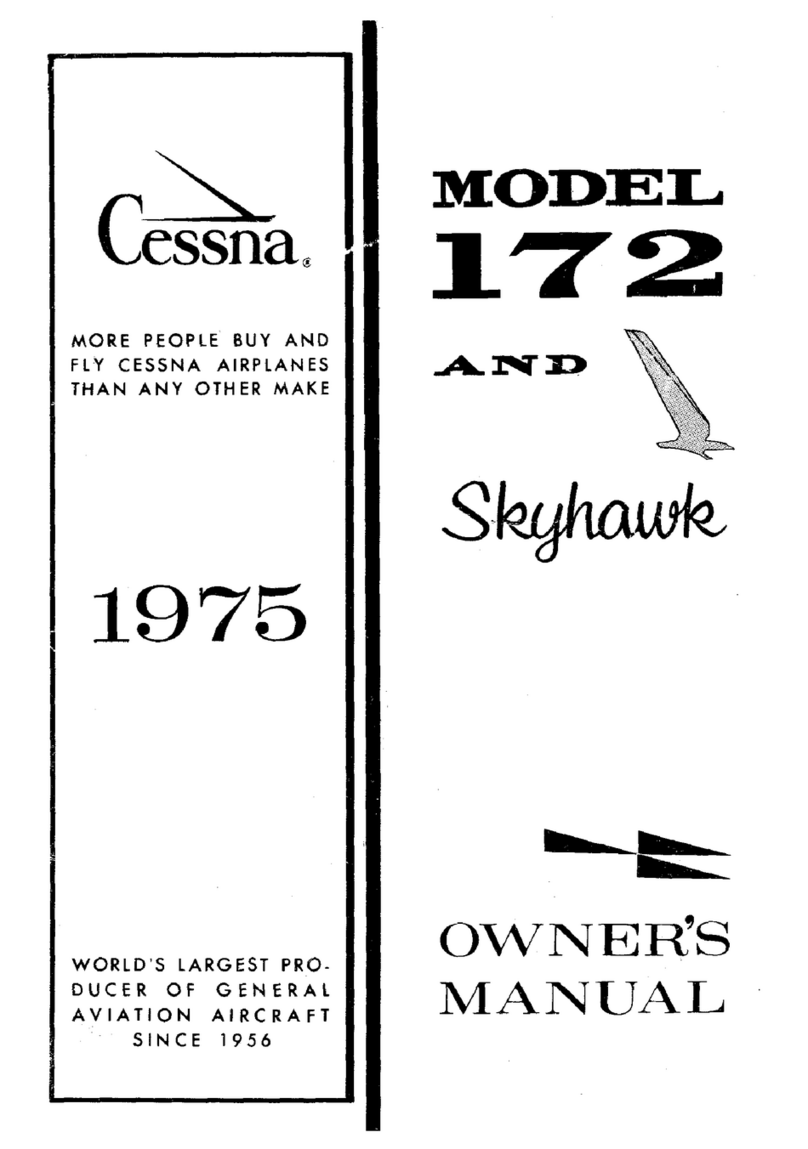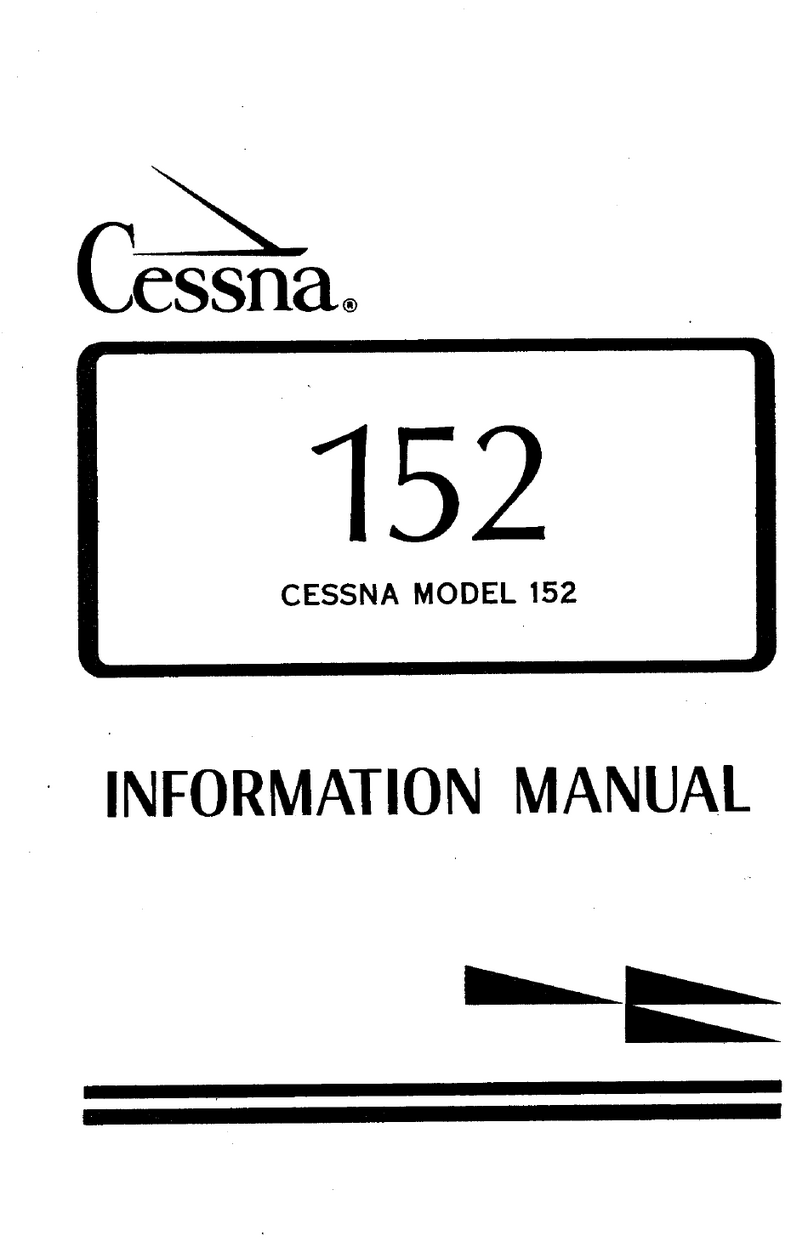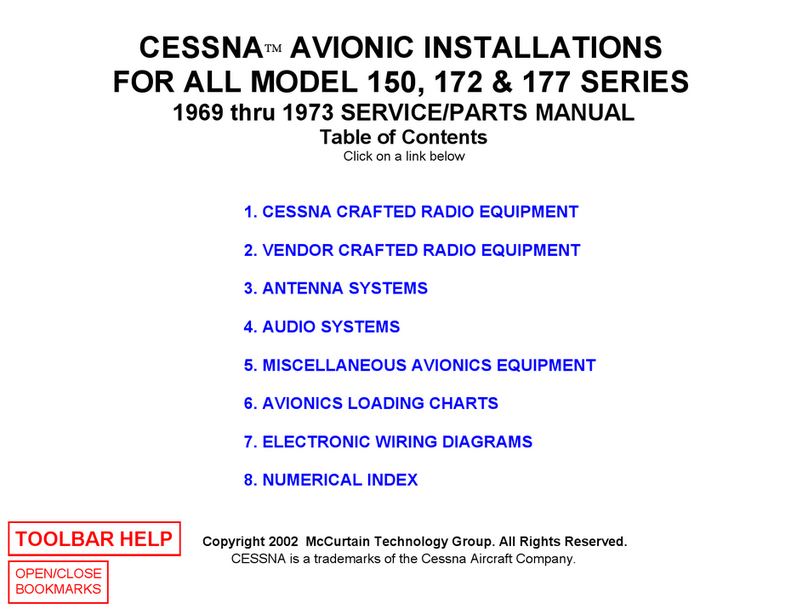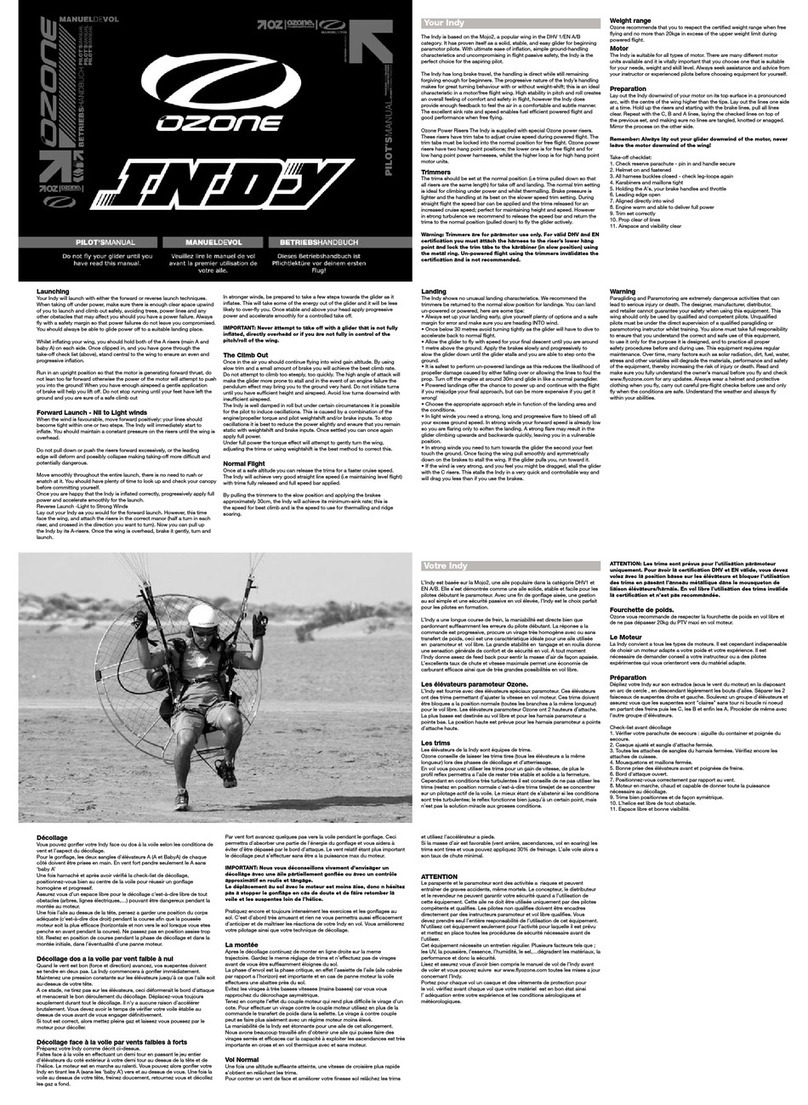PERFORMANCE-
UROII
W&IUHT:
TUt·ott
• • .
.•.•..
l.andl"1
•.........
.'1:&0.
DEIT
POWER MIXTURE:
Top
ep.td
.1
Sea Level • . .
Crill...
nil
Power
at
5500
ft
•
!tAHOE. NORMAL LEAN MIXTURE:
Crill
••
,
711%
Power
at
5500
it
.
&&2
Pound"
No
Reserve
Crill
..
,
75%
Power
at
5500
ft
788 Pounds,
No
Reserve
Optimum
Range
at
10,000
ft
552 Pounds,
No
Reserve
Optimum
Range
at
10,000
ft
768 Pounds,
No
Reserve
RATE
OF
CLIMB
AT
SEA
LEVEL:
Twin Engine . • .
Front
Engine Only
Rear
Engine Oniy •
SERVICE CEILING:
Twin Engine . . .
Front
Engine Only
Rear
Engine
Only.
TAKE·OFF:
Ground Run
•.......•...
Total
Distance
Over 50- Foot
Obstacle
LANDING:
Oround Roll • . • . • • • • . • • .
Tolal
Distance
Over
50-Foot
Obstacle
IITALL
SPEED:
P'lapa
UP.
Power
Off • . •
..
lap.
Down,
Power
Off • .
&MPTY WEIGHT (Approximate)
UIIFUL
LOAD
••.•.••
BAOOAOE ALLOWABLE
•..•
WINO
LOADING: Pounds!Sq Foot
POW&R LOADING:
Pounds/HP
.
rUEL
CAPACITY: Total
••
ndllrd Tanks
...•.•
Super
4630lbs
4400
lb.
199
mph
190 mph
755 ml
4.0
hrs
189
mph
1060
mI
5.6
hra
189 mph
925
mi
6.1
hra
150 mph
1285
mi
8.6
hra
150
mph
1100 fpm
235
[pm
320 fpm
18,000
ft
5100
ft
7100
ft
1000
ft
1675
ft
700
it
1650
ft
80 mph
70 mph
2695lbs
1935
lbs
3651bs
22.9
11.0
4100
It.
4100
II
..
200
nllilo
192
••
'JlIo
765 ml
4.0
hr.
191 mph
1070 m!
5.6
hra
191
mph
1000
m!
7.0
hrs
143
mph
1390 m!
9.7
hrs
143 mph
1300 fpm
360 fpm
450 fpm
20,500
ft
8200
ft
10,200
it
800
it
1435
ft
700 ft
1650
ft
16 mph
67 mph
2695lbe
15051bs
3651bs
20.1
10.0
CONGRATULATIONS
......
.
Welcome to the
ranks
of
Cessna
owners! Your
Cessna
has
been designed
and
constructed
to give you the
most
in
performance,
economy, and
com-
fort.
It
is
our
desire
that you will find flying
it,
either
for
business
or
pleasure,
a
pleasant
and prOfitable
experience.
This
Owner's
Manual
has
been
prepared
as
a guide to help you
get
the
most
pleasure
and
utility
from
your Super
Skymaster.
It
contains
infor-
mation about your
Cessna's
eqUipment,
operating
procedures,
and
per-
formance;
and
suggestions
for
its
servicing
and
care.
We
urge
you to
read
it
from
cover
to
cover,
and
to
refer
to
it
frequently.
Our
interest
in your flying
pleasure
has
not
ceased
with your
purchase
of
a
Cessna.
World-wide,
the
Cessna
Dealer
Organization backed by the
Cessna
Service
Department
stands
ready
to
serve
you. The following
services
are
offered
by
most
Cessna
Dealers:
FACTORY TRAlNED PERSONNEL to
provide
you
w.ith
courteous
expert
service.
FACTORY APPROVED SERVICE EQUIPMENT to
provide
you
with the
most
efficient
and
accurate
workmanship
possible.
A STOCK
OF
GENUINE CESSNA SERVICE PARTS
on
hand
when you need them.
THE LATEST AUTHORITATIVE lNFORMATION FOR SERV-
IClNG CESSNA AIRPLANES,
since
Cessna
Dealers
have
all
of
the
Service
Manuals
and
Parts
Catalogs, kept
current
by
93
gal.
93 gal.
With Optlona.i Auxiliary Tanks 131
gal.
131
gal.
OIL
CAPACITY
•......
5
gal.
5
gal.
PROPILLERS:
Constant
Speed,
f'IIIl
....
Iherlng
(DIameter)
76
inches 76ln('!)tlK
.HWHE'I
Twl' ConlilMlnlal
Fuel
Injection Engines IO-360-C 10-360-1:
110
filed
DHP
at
2800 RPM
""'1
_1111"_111101
terVice
ceiling
increases
400
feet
for
each
30
minutes
of
m~ht.
.."
tMI,
11,14"111011
of
the
Super
Skymaster
which
is
certificated
as
Modef
33)f
undel
fM
Ijflll
eft
II
I I
the
""nUll
Iiso
covers
operation
of
the
F33)
which
is
cPoltilicatoo
8S
Modal
IHII
ulld"
"'
f\i:1:1l1t.,ICIII
!h.
f337,
manufactured
by
Reims
Avialion
SA.
Reims
(MaIne).
Franc."
II
Id,IIUul
Iff'
tlC.,1
Ihlt
some
equipment
designated
in
this
manual
as
opllonal
un
Ihl
5u~.,
"1
•
"'~I
Oft
III,
F337,
All
Super
Skymaster
inlormation
in
this
manual
p.rl.1I1I
In
11
••
1111
COPYRIUIU
"l'
II.H
Cessna Alrcrlfl CampI""
UIA
Wichita,
Klnl
..
Service
Letters
and
Service
News
Letters,
published
by
Cessna
Aircraft
Company.
We
urge
all
Cessna
owners
to
use
the
Cessna
Dealer
Organization
to the
fullest.
A
current
Cessna
Dealer
Directory
accompanies
your new
airplane.
The
Directory
is
revised
frequently,
and
a
current
copy can be obtained
from
your
Cessna
Dealer.
Make your
Directory
one
of
your
cross-country
flight planning
aids;
a
warm
welcome
awaits
you
at
every
Cessna
Dealer.
~
I

